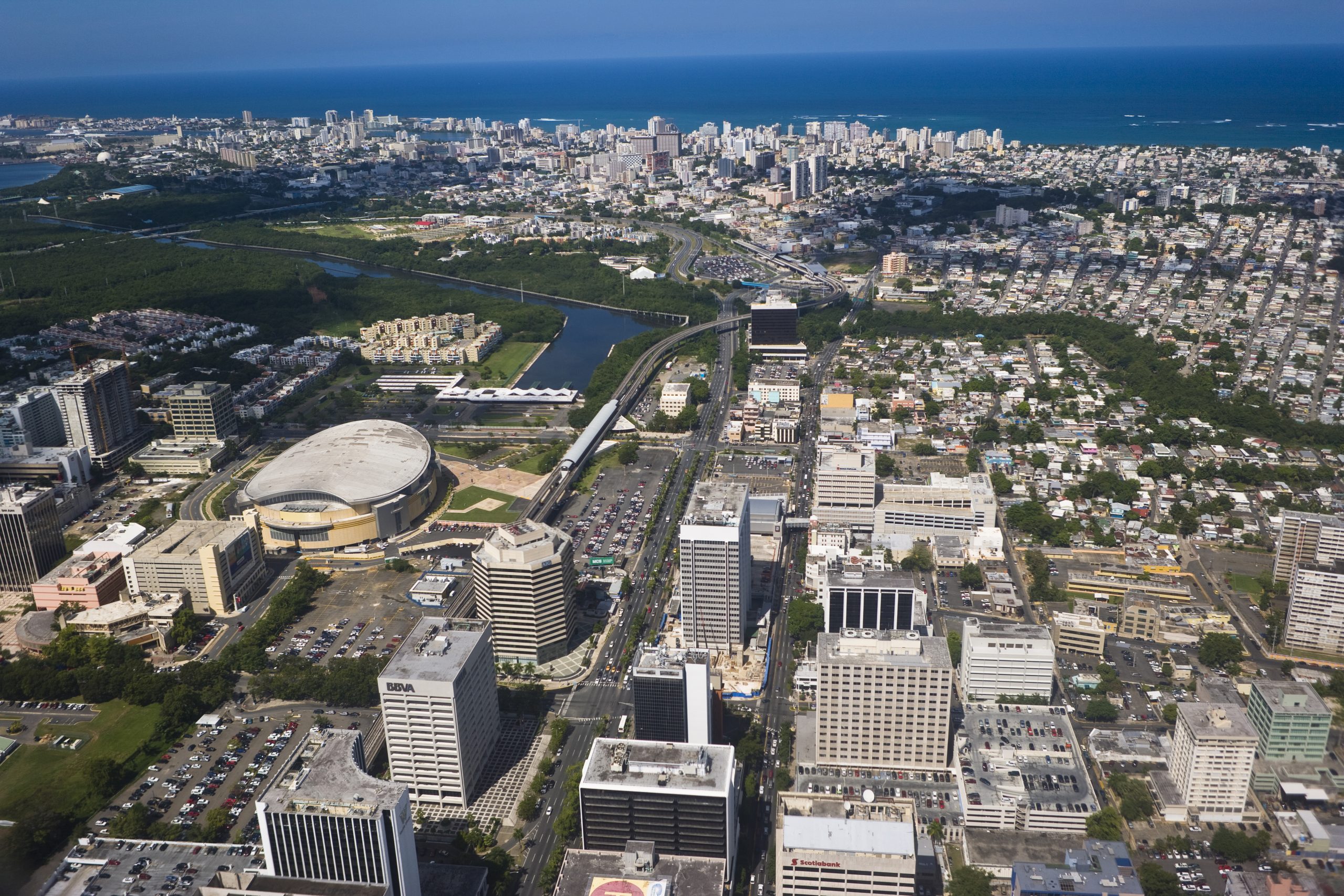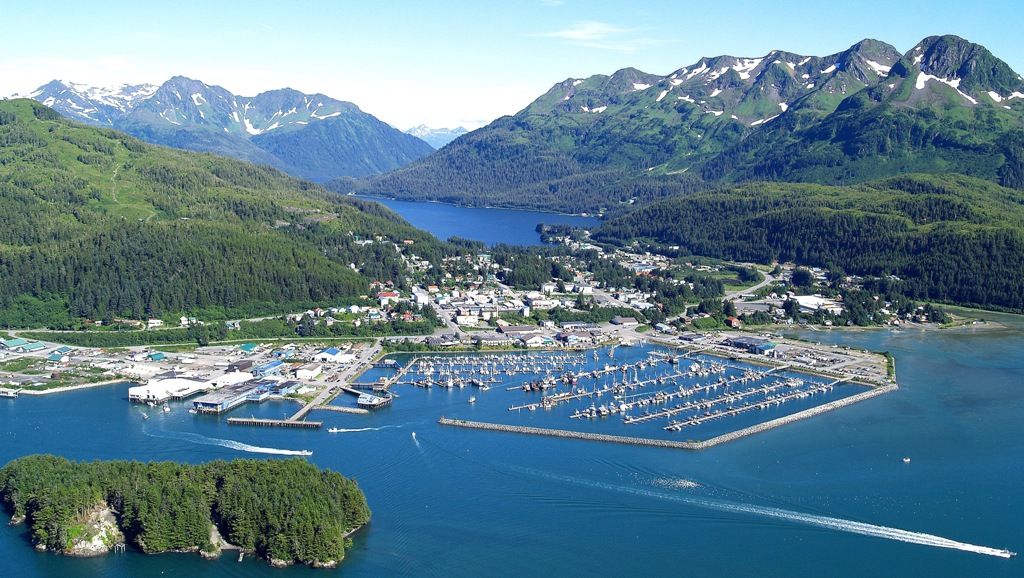
Technical Assistance to Support Resiliency by Design in Cordova, Alaska
Sandia supports communities’ recovery and resilience through technical assistance, offering expertise in electric grid operations, energy resilience, microgrid design, renewable energy integration, and the social impacts of loss of power.

Alongside partners and with funding from the Grid Modernization Laboratory Consortium, Sandia researchers are working with the city of Cordova, Alaska to focus on resiliency by design. The effort, named RADIANCE, aims to perform a full-scale regional deployment of advanced technologies and methods for resiliency-enhanced operation of the regional distribution grid in the city of Cordova under harsh weather, cyber threats, and dynamic grid conditions.
The project uses iterative, real-time, hardware-in-the-loop testing and field validation to de-risk the full-scale deployment of early-stage technologies such as micro phasor measurement (micro-PMUs), energy storage, loosely and tightly networked microgrids, a metrics-based approach for resiliency quantification and enhancement, a zonal approach for reconfiguration, and cyber-vulnerability analyses.
Researchers at Sandia’s Distributed Energy Technologies Laboratory (DETL) have extensive experience with circuit studies using DETL’s real-time simulators. DETL has an AC simulator, distributed energy resources, DC sources, and programmable loads to implement power hardware-in-the-loop simulations. The combination of the hardware and simulation tools and experience enable the following:
- Resilience metrics computation for hybrid microgrids with hydro, diesel, energy storage sources
- Microgrid zonal operation for electric power using microgrid controller implementation
- Energy storage optimization toolbox for multi-timescale storage including virtual and rotational inertia
- Distribution-level phasor measurement units and online data analytics tool for event detection
Grid Modernization Laboratory Consortium projects include collaborations among Sandia, the National Renewable Energy Laboratory, Idaho National Laboratory, and Pacific Northwest National Laboratory. These projects have focused on the deployment of advanced technologies and the implementation of resiliency-enhancement methods. Advanced technologies and methods can increase the resiliency of electric distribution systems under inclement weather conditions, including regional events like tsunamis, avalanches, cybersecurity events, and other distribution system events that can challenge resiliency.
View the 2022 Microgrid Conceptual Design Guidebook. Using the framework described in this guidebook, stakeholders can come together and start to quantify site-specific vulnerabilities, identify the most significant risks to delivery of electricity, and establish electric outage tolerances across the community.
Technical Assistance in Support of Puerto Rico Recovery and Resilience

In Puerto Rico, Sandia is supporting efforts focused on electric power system design and operation enhancements to build resilience against future threats. Sandia’s expertise in electric grid operations, energy resilience, microgrid design, renewable energy integration, and the social impacts of loss of power are used in these efforts. Furthermore, Sandia’s diverse collaborations with the commonwealth government, industry, communities, and local universities provide experience, breadth of local knowledge, and partnerships with key stakeholders in Puerto Rico.
The overall objective of this work is to advance recovery efforts—resulting in a resilient design of the electric infrastructure and dependent services such that Puerto Rico can better mitigate impacts, withstand events, and more quickly recover from natural and manmade threats to power delivery. Our focus is not simply on power delivery, but on the delivery of critical services (e.g., medical services, water availability, communications) enabled by electric power.
Specific activities in this work include:
- Microgrid conceptual design working meetings conducted in Culebra and Vieques in October 2021.
- Microgrid modeling, including tradeoffs between different generation types using Sandia’s Microgrid Design Toolkit (MDT).
- Identification of vulnerable areas and development of innovative solutions to enhance resilience, including “breathing” microgrids which expand and contract with available generation resources.
- Integration of water and power systems modeling to identify the need for and design resilient solutions to allow for the delivery of drinking water even during electric grid disturbances.
- Implementation of the Resilient Node Cluster Analysis Tool (ReNCAT) to identify resilience nodes which can best provide communities critical services.
- Capacity building efforts based on working with the University of Puerto Rico, Mayaguez (UPRM) and the Ana G. Mendez University, Gurabo to put tools such as MDT and ReNCAT into the hands of students and professors in Puerto Rico.
Technical Assistance to Support Recovery and Resilience in the U.S. Virgin Islands

Sandia has provided technical support focused around microgrid design and grid integration impact analysis to foster recovery and resilience of the U.S. Virgin Islands electric system.
Sandia has worked closely with the electric utility in the U.S. Virgin Islands since early 2018 to understand the impacts of 2017 Hurricanes Irma and Maria and help design a more resilient electric grid that can withstand future threats. As part of this, Sandia has implemented detailed electric models covering the territory. These models are used to understand, in detail, the opportunities for new renewable generation interconnections, including microgrid opportunities. The detailed modeling allows the utility to quickly evaluate “what if” scenarios—what will happen if large, new solar photovoltaic systems were interconnected? How does that result change if advanced inverter controls are used? How might a new microgrid interact with the existing system?
Contact
Summer Ferreira
sferre@sandia.gov